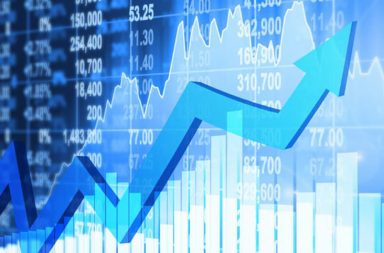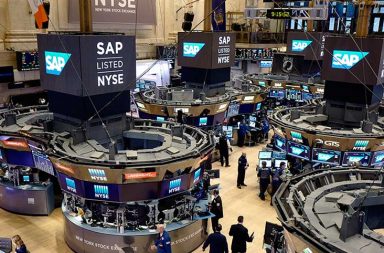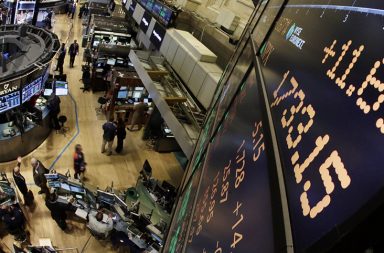U.S. stock index futures were down about a third of a percent indicated a lower open on Wednesday for Wall Street. Tuesday’s nearly 2 percent gain did little to unnerve investors after Monday’s largest intraday fall of the Dow.
Wall Street’s three main indexes were set for declines of between 0.2 percent and 0.3 percent, suggested by the volatile premarket futures trading. Tuesday’s session watched the Dow Jones Industrial Average swing over 1,100 points from high to low, with the benchmark S&P 500 closing at its best day since before President Donald Trump’s election in 2016.
The gauge of S&P 500 volatility, the VIX, opened at relatively high 31 points and was at 28.80. On Tuesday, the VIX surpassed a two-and-a-half year high above 50.
“It’s over in terms of the severe down move we’ve seen, but reminds us that we’re kind of in an aftershock phase,” said Rick Meckler, president of investment firm. “What’s happening now is you’re getting a little bit of struggle between the short-term traders who bought into the dip and are looking to get out before another selloff takes place and people who have gained some confidence that the market’s found a bottom.”
The S&P 500 remains up 26 percent since Trump’s election, and on Tuesday moved back into positive terrain for this, up 0.8 percent.
“It looks like a little bit of a stabilization trade overnight,” said John Brady, senior vice president of a futures brokerage. “I don’t know if it’s over, but a market range maybe established because if you look at S&P e-minis, we’re trading at mid-point of a two-week range, starting back to Jan. 29,” Brady said.

THE MORNING REPORT
Start your workday the right way with the news that matters most.
Your information is 100% secure with us and will never be shared Disclaimer & Privacy Policy
Several investors are concerned that the market is overextended in the context of higher inflation and rising bond yields as central banks remove the recent years’ loose monetary policies.
U.S. 10-year yields hit as high as 2.80 percent after nearing two-week lows around 2.65 percent on Tuesday. On Wednesday, they were last trading at 2.79.
Dallas Fed President Robert S. Kaplan stated he did not anticipate the turnings to negatively affect the economy and refer to them as a “healthy” corrections from high valuations.
 D. Marie
D. Marie 




